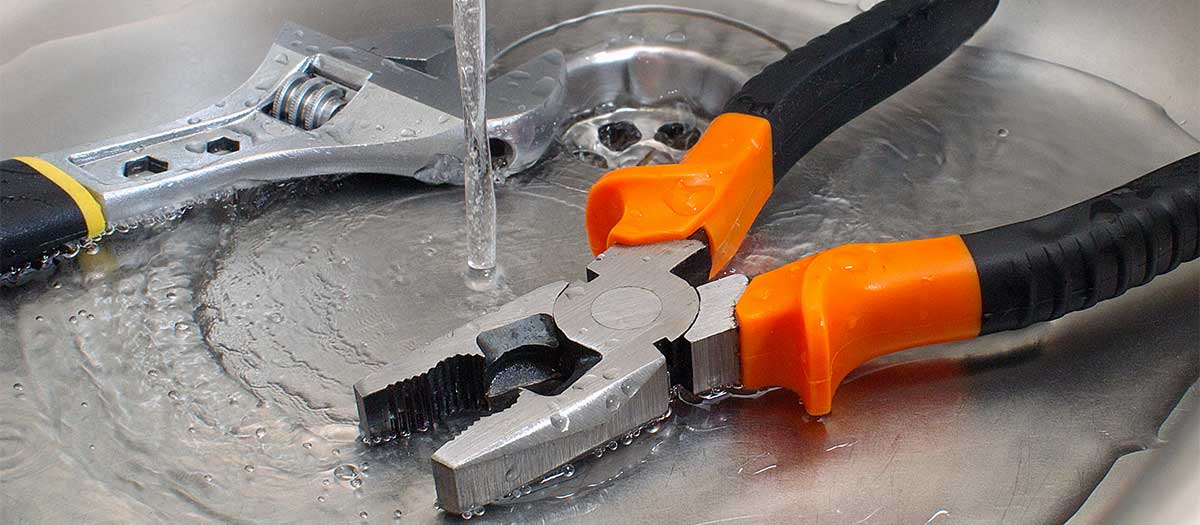Just how to Inspect If Your House Has a Covert Leak
Just how to Inspect If Your House Has a Covert Leak
Blog Article
How do you really feel in relation to Finding hidden leaks?

Early detection of leaking water lines can mitigate a possible catastrophe. Some small water leakages may not be noticeable.
1. Analyze the Water Meter
Examining it is a proven means that assists you uncover leaks. If it relocates, that shows a fast-moving leakage. This implies you might have a slow-moving leakage that might even be underground.
2. Examine Water Intake
Analyze your water expenses and also track your water usage. As the one paying it, you should see if there are any inconsistencies. If you identify sudden changes, in spite of your usage being the same, it suggests that you have leakages in your plumbing system. Remember, your water bill must fall under the same array every month. A sudden spike in your costs shows a fast-moving leakage.
Meanwhile, a steady rise monthly, despite having the same routines, reveals you have a slow-moving leak that's additionally slowly escalating. Call a plumber to thoroughly check your home, specifically if you feel a cozy location on your floor with piping below.
3. Do a Food Coloring Examination
When it concerns water intake, 30% comes from commodes. Test to see if they are running correctly. Drop flecks of food shade in the tank as well as wait 10 mins. There's a leakage between the container and bowl if the shade somehow infiltrates your bowl throughout that time without flushing.
4. Asses Exterior Lines
Do not neglect to examine your outdoor water lines also. Needs to water leak out of the connection, you have a loosened rubber gasket. One little leakage can squander lots of water and also surge your water expense.
5. Analyze the situation and also examine
Home owners ought to make it a habit to inspect under the sink counters and also also inside closets for any kind of bad odor or mold development. These two warnings indicate a leakage so punctual attention is called for. Doing routine inspections, also bi-annually, can conserve you from a significant problem.
Inspect for discolorations and also weakening as the majority of pipelines as well as appliances have a life expectancy. If you think dripping water lines in your plumbing system, don't wait for it to intensify.
Early discovery of dripping water lines can alleviate a possible catastrophe. Some small water leakages might not be visible. Examining it is a surefire means that helps you find leakages. One small leak can throw away loads of water as well as surge your water costs.
If you suspect leaking water lines in your plumbing system, do not wait for it to rise.
How to Know If Your Home Has a Hidden Leak
Water Meter Reveals Inexplicable Water Usage
If you’d like to test whether or not there’s a leak somewhere in your home, you can do this using your water meter. Here is how to conduct the test:
Don’t use any water in your home for at least 30 minutes; this also means not turning on faucets or water-using appliances.
Go outside, and check your water meter for activity.
If your water meter shows that there was activity, even though no one was using any water, this proves that there is a leak in your home.Visible Mold or Mildew Growth
Leaks behind walls create moist, dark environments that allow mold and mildew to grow and thrive. Eventually, you might see mold growth forming on the wall closest to a hidden leak.
If mold is growing in an area that receives a high amount of moisture, such as a bathroom, it may simply be an indication that better ventilation is needed. However, if you see mold growth on a wall or the ceiling in an area where you would not expect, you probably have a hidden leak.
Musty, Mildew Odor
Sometimes you might not be able to see the mold or mildew that is growing as a result of a leak. However, the smell can give the problem away just as easily. If you catch a whiff of something musty, there’s a good chance that old water is collecting somewhere in your home that you can’t see.
Stained/Warped Walls, Ceilings, or Floors
When your home soaks up water, a variety of red flags can become visible, including ceiling stains, bubbling drywall, warped walls, and sagging floors. While these issues can be caused by excess humidity, they can also be signs that a pipe or plumbing connection has started leaking behind your walls.
Inexplicably High Water Bill
After a while, you get a general sense for what your water bill should be. If you own a pool or sprinkler system, your bill will tend to be higher during summer. However, if you receive a water bill that seems especially high, and you can’t figure out what caused it, then you may have a hidden leak somewhere that’s increasing your bill.
https://www.plumbingjoint.com/blog/2019/july/how-to-know-if-your-home-has-a-hidden-leak/

Do you appreciate reading up on Leaking water lines? Write a short review down the page. We'd be pleased to hear your thoughts about this content. In hopes that you come back again soon. Do you know about somebody who is sincerely interested in the topic? Please feel free to share it. Thanks so much for going through it.
Report this page